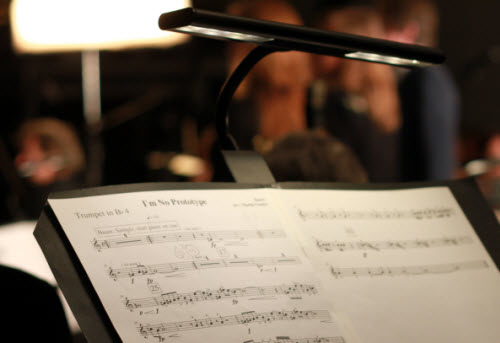
By David Ponce
Royal Philips Electronics is Obsessed With Sound. Seriously. I know this because they’ve told me and they’ve shown me and now, six months after this episode started, I finally get it. I get their message. I get what they’re on about. The pieces of the puzzle have fallen in place.
And I like it.
Back in March, I told you’d I’d soon be talking about my trip to Amsterdam to check out the Metropole Orchestra. It took quite a while longer than expected, but here we are. In this article, I’d like you to come with me behind the scenes of a Philips production of a musical piece called I’m No Prototype. In the process you’ll be introduced to an awesome musical visualization technique they developed and you’ll also hear about an ambitious musical talent competition Philips is sponsoring.
When the company called they said: “Would you like to come to Amsterdam to hear the Metropole Orchestra record this piece?” What my mouth answered at that point was: “Sure, why not?”. My mind however was saying quite loud: “What the heck is this about? How is Philips connected to an orchestra? Why are they producing this? What’s going on here?” Still I was intrigued… so I went. After all, I liked music. Or at least I thought I did.
See, you have to get to know me a little bit to grasp why it took me so long to understand Philips’ desire to get behind the production of such an elaborate piece. For one, I’m no audiophile. As a matter of fact, regular readers will be familiar with how often we like to make fun of people spending ridiculous sums on audio equipment. After all, I’m used to downloading my music in quality-butchering low-bitrate MP3 format and listening to it on $20 earphones. As long as it’s not distorted I’m reasonably content. And live performances usually leave me with partial hearing loss, so it’s not like I’d be able to comment on anything other than their loudness and entertainment value. Don’t get me wrong, I listen to all sorts of music and love it. It’s just that I’d never really paid much attention to the quality of the music I’d been hearing. Back in March, had you asked me what audio quality meant, I’d probably have answered something about lack of distortion, lack of hiss, etc. This was what I knew: I’d never been exposed to anything else.
Now, it was cold back in March and the jacket I’d brought was far from enough for the damp Amsterdam air. So I was happy when the car showed up: we had a 45 minute drive ahead of us but at least I’d be warm. When I reached the Muziekcentrum van de Omroep (MCO), I walked right into an elaborate set. Powerful lights and diffusers bathed the hall in a smooth incandescent glow. Musicians milled about, getting ready to perform their piece. And one of a couple dozen people seated in the stands was Steve Lillywhite, the man who produced U2’s early albums, helping them define their sound. He’s since worked with The Talking Heads, The Pogues and Morissey.
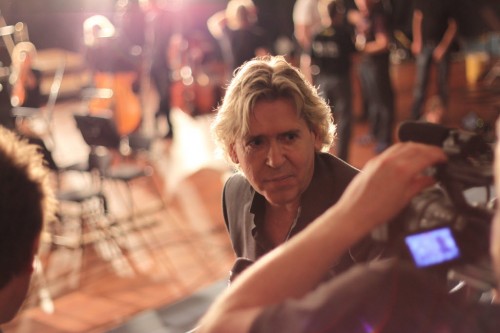
As the orchestra was setting up, a Philips representative and Steve finally started to tell me about this production. The basic premise is simple: “every musician counts, every instrument counts”. Philips wanted to get the message out that they are obsessed with this idea: they are obsessed with the desire to make audio equipment that lets you hear every detail that you usually miss. So at that point I was thinking “how much detail can there be?”
The recording begins.
I’m No Prototype is a fast-paced, almost cinematic piece reminiscent of 1960’s James Bond car chases composed by pop duo Bauer: Berend Dubbe and Sonja Van Hamel. It’s breathy, and bubbly and gripping. It’s intricate and fun. There’s a ton of stuff going on and it’s hard to keep track of it all. The 52 members of the Metropole Orchestra unite and create a flow, a melody and a rhythm. Now and then rises the percussive shrill of the xylophone or the brassy bark of the saxophone. My ears are filled by voices singing in harmony and violins adding a dramatic tension to a rolling, rocking musical ride. It’s almost more than I am able to process: how much music can you fit within one piece of music?
A person turns to me halfway through the recording session and says “We want to show that the viola player is just as instrumental as the bassoon player, and the cello player and the oboe player. We want you to be able to hear them all.” And while it’s not the first time I listen to an orchestra live, it is the first time I pay attention. And if you listen closely, you can make out most of the instruments. You can hear the different voices. You can hear the synthesizer working and the trumpet blaring. You can deconstruct the sound, instrument by instrument, and stare at its complex inner workings and marvel at how it all comes together to form a cohesive musical piece.
Philips wanted to build something that would let a listener recreate this reality through a visualizing technique.
In all, the orchestra played the piece over 50 times that day, with RED cameras mounted on harnesses capturing every detail and with each musician being given his own audio channel. Data. It was all about capturing data. All this, everything, was going to be fed into a visualizer created in what appears to be Adobe Flash. In this visualizer, which you can now access on the Philips Sound Facebook page or at this address lets you watch a recording of I’m No Prototype, while allowing you to zero in on any one musician. When you click on one of the musician channels, the main track dims, the image dims and that particular person is highlighted. You can hear exactly what they’re playing. And when you click back on the entire orchestra, the image zooms out with flair, the main music is dialed back up and you can select another person to listen to. This visualizer presents you with the tools you need to break down the music into all its essential components and get fascinating granular control. Every detail is at your fingertips. It’s awesome!
Coming Back Home
And so I left Amsterdam, with the track I’m No Prototype playing over and over in my head and mulling Philips’ message. This is what good sound was all about, in the end. Being able to hear it all, hear everything. Not just lack of distortion, but lack of it at high volume. Balance. I got it. But again… what did Philips have to do with good sound? I mean, ok, they understand what the building blocks of audio appreciation are but does that mean anything about their products? Well in fact, it does, but it would take me six more months to see it. A week ago for me, I received a Fidelio Soundphere to review. This is Philips’ flagship audio product. And last Thursday, the visualizer launched.
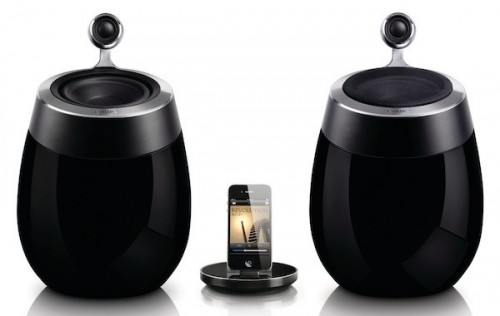
And that was the moment everything fell in place. When those speakers turned on, it was as if I’d been sent right back to that orchestra hall. Music I’d been listening to for years suddenly opened up. Turns out I’d been listening to only half of it! I’d never heard the children laughing playfully at the end of Unites States of Eurasia from Muse. I’d never noticed the sound of fingers running up and down the guitar cords in countless songs. This and more was there all along, and I’d never heard any of it! I now have to upgrade my entire music library. But this is what Philips was talking about: I was hearing every detail! (Incidentally, you’ll be getting a full review on the Fidelio Soundphere in the coming weeks.)
Then I saw the visualizer. It’s a work of art. You really have to see it to understand. Visit this page and click on the “Hear Every Detail” link on the left sidebar to see this. Just know that Philips is behind this and they’ve put (as I’m sure you’ll understand when you check it out) a tremendous amount of effort behind this.
Obsessed they surely are.
Finally, you should know they are sponsoring a competition for unheard musical talent. It’s as simple as submitting your track and you could win a trip to Amsterdam to have your piece reworked by the Metropole Orchestra and produced by Steve Lillywhite. You can enter it by visiting this link and clicking on the “Competition” link on the left sidebar.
[ Philips Sound Facebook Page ]

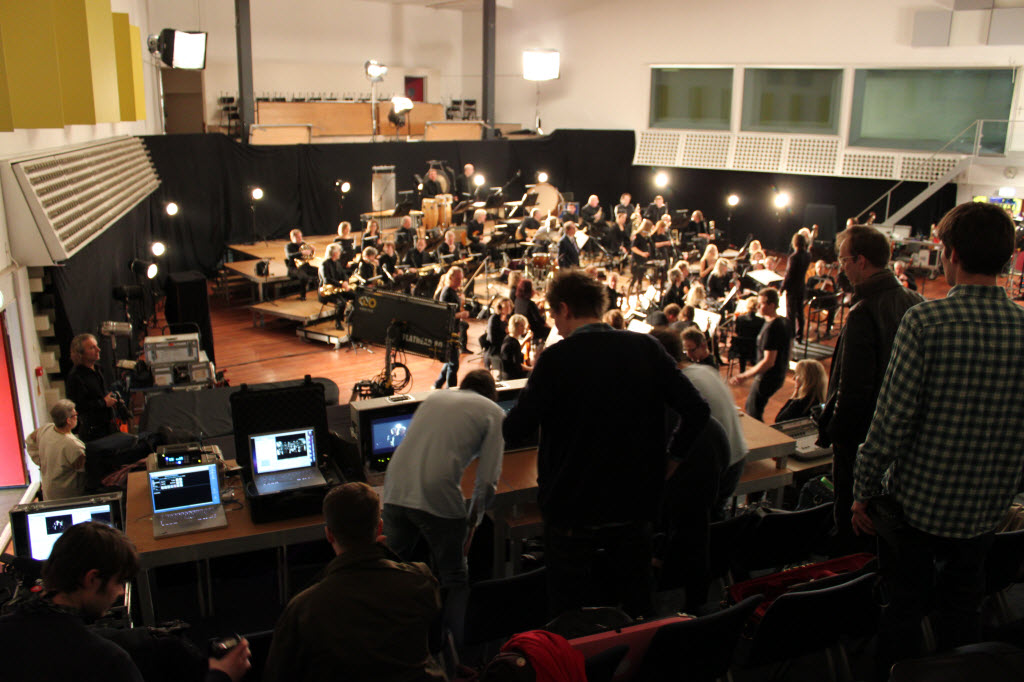
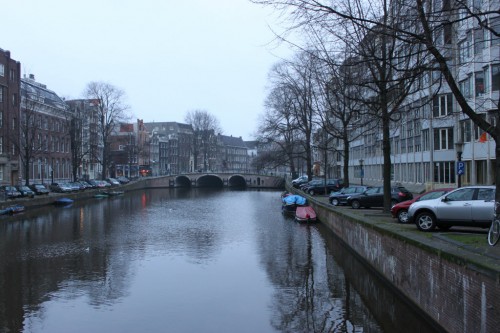
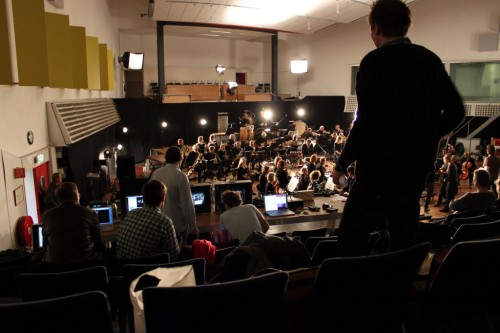
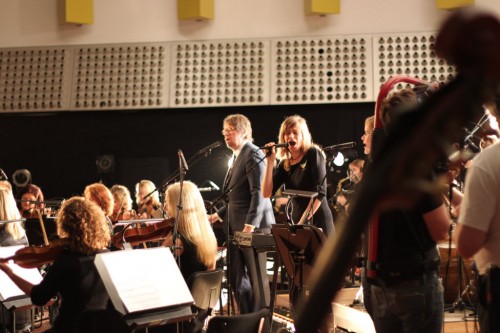
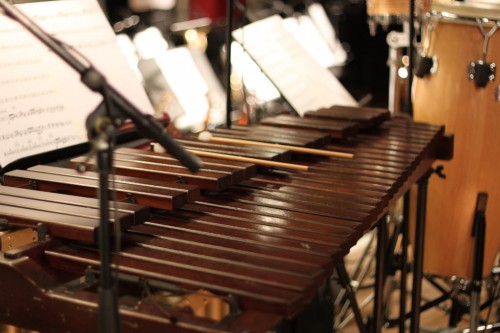
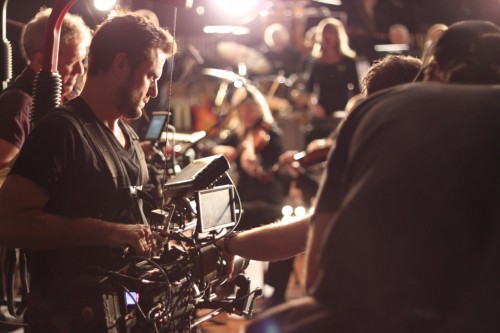
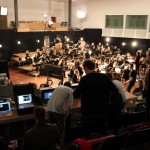
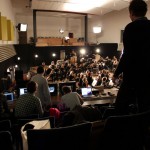
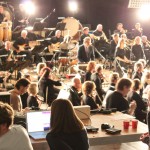
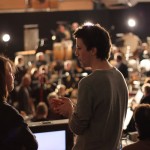
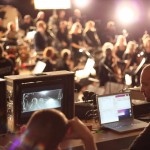
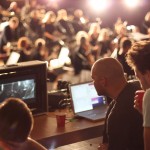
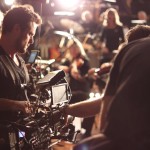
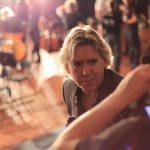
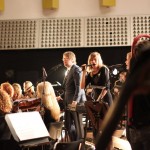
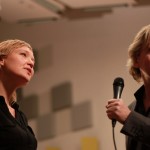
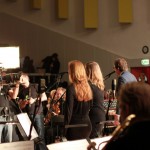
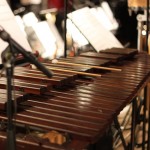
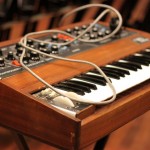
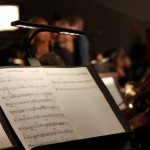
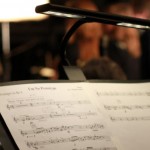

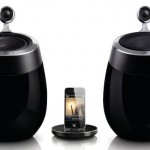



.jpg)